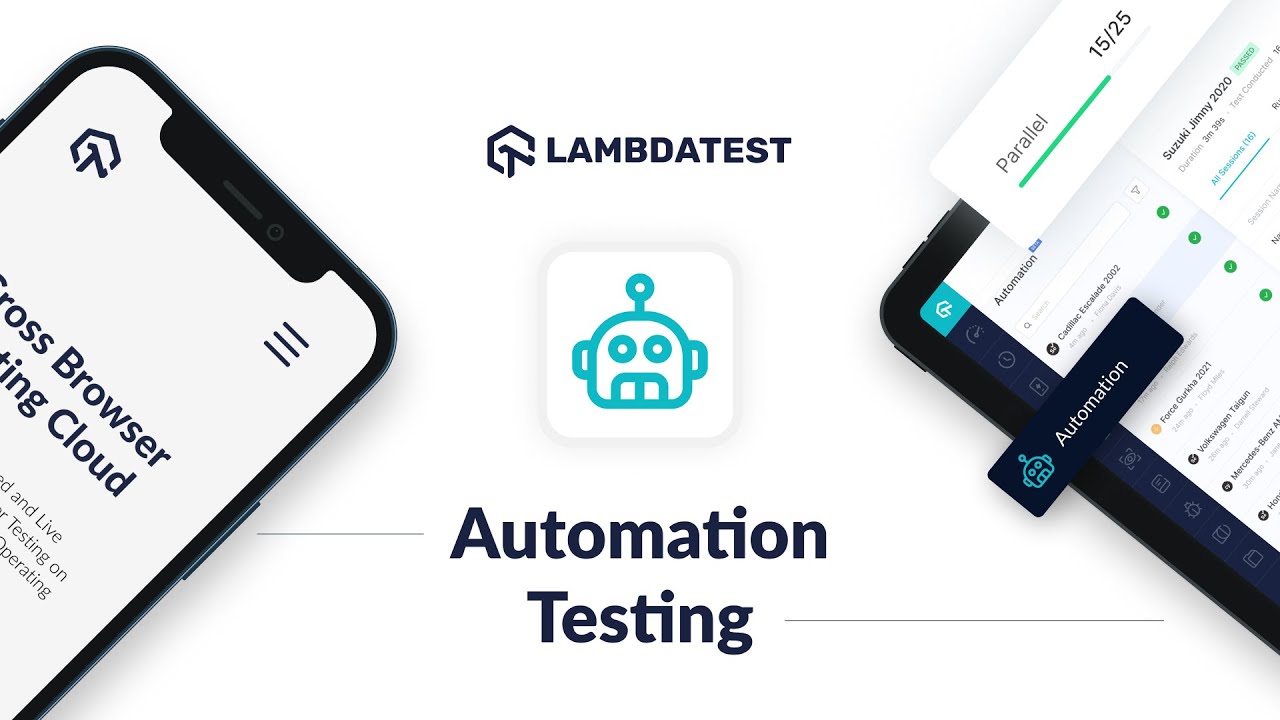Automation testing has revolutionized software development, enhancing efficiency, reducing errors, and ensuring consistent performance across various platforms and devices.
With numerous automated testing tools and frameworks available, developers often face the challenge of choosing the proper framework for their projects. Today, we will delve into the world of automated testing frameworks and compare various types available on LambdaTest.
Using cloud-based testing platforms like LambdaTest that can facilitate cross-browser and cross-device testing. LambdaTest remains an AI-powered test orchestration and execution platform that grants you the capability to execute both manual and automated tests across an extensive array of over 3000 real browsers, devices, and OS combinations. It supports a range of automated testing frameworks, including Selenium automation testing, making it a versatile choice for developers looking to ensure their applications’ compatibility and functionality across various environments.
In this article, we intend to provide invaluable insights into the distinct features that characterize each type of framework, the inherent benefits they offer, and the specific scenarios where they find optimal utilization.
Let’s get started!
What are Automation Testing Frameworks?
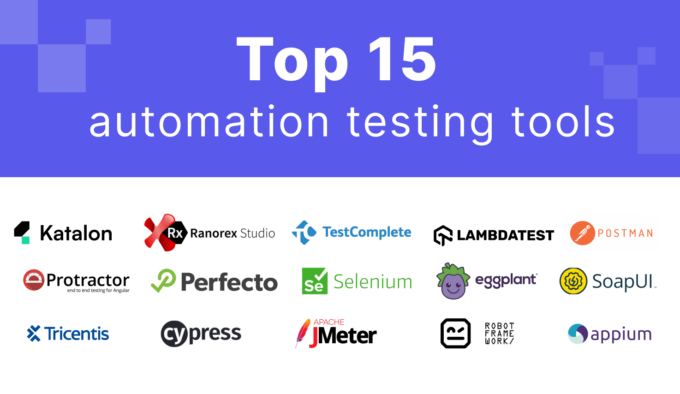
An automation testing framework can be considered a structured set of guidelines crafted to shape the creation and implementation of efficient test cases. It’s akin to a well-thought-out roadmap for Quality Assurance professionals, designed to expedite the testing process while maintaining effectiveness. This framework encompasses a variety of methodologies and tools tailored to assist QA specialists in their testing endeavors.
Within this framework, one might find a range of valuable components. These could include established coding standards, techniques for coherently handling test data, repositories for storing essential objects, protocols for cataloging test outcomes, and instructions for interfacing with external resources.
Of course, testers always retain the ability to develop tests without strictly adhering to these guidelines. However, the advantages of embracing a structured framework become evident through its additional benefits. Adopting such an organized approach makes identifying glitches in the software’s early stages easier. This, in turn, contributes to a reduction in the time and effort that would otherwise be spent on manual testing.
In essence, leveraging a practical automation testing framework can play a pivotal role in enhancing the overall quality of software. It empowers the early detection of issues and streamlines the testing process, resulting in a more robust final product.
The Importance of Automation Testing Frameworks
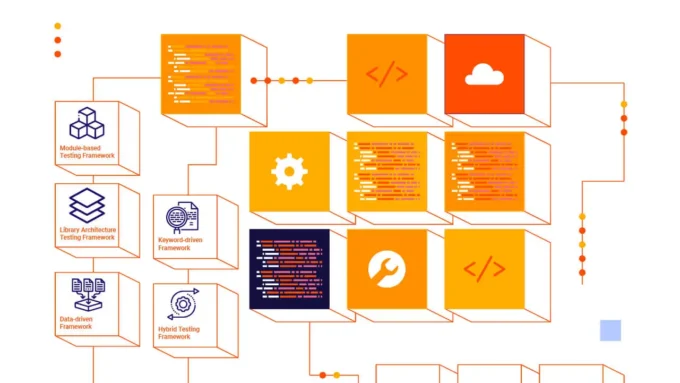
Automation testing frameworks ensure software development projects’ efficiency, reliability, and success. These frameworks provide a structured and systematic approach to automating the testing process, which offers numerous benefits to development teams and organizations. Here’s why automation testing frameworks are of paramount importance:
1. Efficiency and Speed
Automation frameworks enable the execution of test cases rapidly and consistently, reducing the time required for regression testing and allowing faster feedback on code changes. It accelerates the development lifecycle, helping teams release software updates more frequently.
2. Accuracy and Consistency
Automated tests perform tasks in the same manner each time, eliminating the risk of human error and ensuring consistent results across different testing cycles. It enhances the reliability of test outcomes and helps identify even subtle defects.
3. Wider Test Coverage

Automation frameworks facilitate the execution of many test cases in a shorter time than manual testing. This scalability enables teams to cover a broader range of scenarios, including edge cases and negative test scenarios, which might be impractical to cover manually.
4. Regression Testing
Ensuring that existing functionalities are not adversely affected by each code change is critical. Automation frameworks excel at conducting thorough regression testing by swiftly running previously executed test cases, thus preventing regression bugs from slipping into the codebase.
5. Cost Savings
While the initial investment in setting up an automation framework might be significant, the long-term benefits include reduced reliance on manual testing resources and the ability to catch defects earlier in the development cycle. It ultimately leads to cost savings and better resource utilization.
6. Continuous Integration and Continuous Deployment (CI/CD)
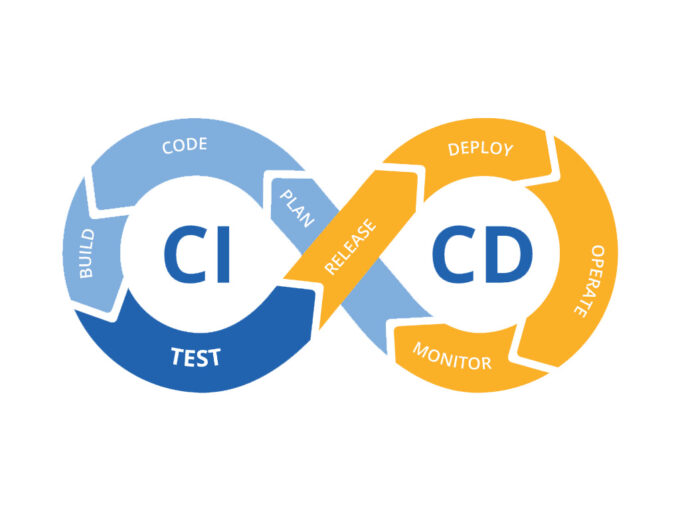
Automation testing seamlessly integrates with CI/CD pipelines, where automated tests can be triggered automatically upon code commits. This integration enforces quality checks throughout the development pipeline, promoting the practice of delivering stable software increments.
7. Early Bug Detection
Automated tests can be executed in parallel and overnight, allowing developers to identify and rectify issues early in development. It leads to higher-quality code and reduces the need for late-stage bug fixes that can be time-consuming and disruptive.
8. Reusable Components
Many automation frameworks support the creation of reusable test components or modules. This modularity promotes code reusability, reduces duplication, and simplifies maintenance as changes can be made in a centralized location.
9. Cross-platform and Cross-browser Testing
Automation frameworks can be configured to run tests across different devices, operating systems, and browsers. It ensures the software’s compatibility with various environments and enhances the user experience.
10. Metrics and Reporting
Automation frameworks generate comprehensive test reports and metrics, offering insights into the testing process’s effectiveness, defect trends, and overall project quality. This data aids in informed decision-making and continuous improvement.
What is the Need For Automation Testing Frameworks?
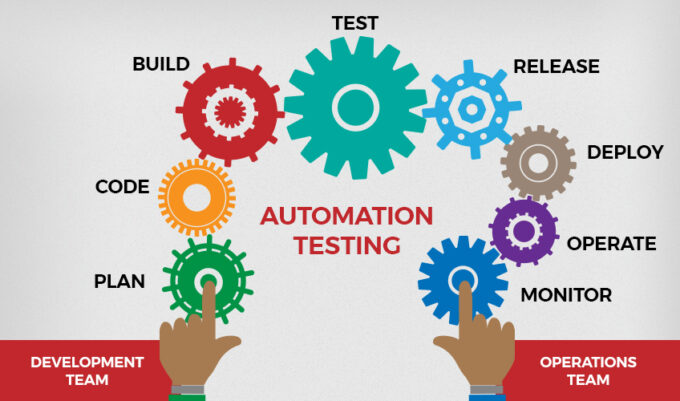
The demand for embracing test automation is swiftly gaining momentum in the current environment, and the global landscape is unmistakably gravitating towards automation in various domains. The significance of utilizing automation testing frameworks for planning and execution is underscored by a multitude of advantages, some of which are elucidated below:
1. Optimizing Resource Allocation
One of the pivotal merits lies in the proficient utilization of resources, aligning seamlessly with the unique requisites of an organization. It ensures that resources are harnessed to their fullest potential, enhancing overall efficiency.
2. Structured Development Approach
The frameworks provide a systematic approach that fosters design consistency. It mitigates the reliance on individual test cases, promoting a more cohesive and comprehensive testing process.
3. Precise Root-Cause Analysis
With minimal human intervention, these frameworks deliver pinpoint accuracy in root-cause analysis. It facilitates in-depth understanding and resolution of issues without unnecessary human biases.
4. Efficiency in Scripting
A notable reduction in script creation and execution time is a hallmark of these frameworks. It expedites the testing process and allows for quicker feedback on code changes.
5. Intelligent Test Selection
Based on the test scenarios, the frameworks autonomously decide the most pertinent tests to execute. It diminishes the reliance on teams to select tests manually, streamlining the testing workflow.
6. Dynamic Test Scope

Adaptability is a crucial strength of these frameworks. They nimbly adjust the scope of testing in response to alterations in the test plan or the prevailing system conditions, ensuring a resilient testing strategy.
7. Parallel Testing Prowess
These frameworks excel in conducting tests concurrently on diverse browsers, devices, and platform configurations. It accelerates the testing timeline and ensures compatibility across user environments.
8. Simplified Challenges
The frameworks alleviate challenges associated with generating comprehensive reports, managing local configurations, and controlling errors. It empowers testers to focus on the core testing process.
9. Embracing Shift Left Testing
Organizations can seamlessly implement the concept of shift left testing, identifying and rectifying issues early in the development cycle. This results in enhanced software quality and a smoother development journey.
10. Long-term Returns
The substantial return on investment (ROI) these frameworks offer is a testament to their enduring value. The initial investment pays off handsomely in terms of improved efficiency, reduced manual intervention, and enhanced software quality.
Comparison of Different Types of Automation Testing Frameworks on LambdaTest
There are six well-known classifications of automation testing frameworks, each distinguished by a distinct structure and its benefits and limitations. You can employ any combination of the subsequent automation testing frameworks for your testing purposes.
- Modular-Driven Automation Testing Framework
- Data-Driven Automation Testing Framework
- Linear Automation Testing Framework
- Keyword-Driven Testing Framework
- Hybrid Testing Framework
- Library Architecture Testing Framework
Below is a brief overview comparing these frameworks, highlighting their primary features and attributes:
| Framework | Focus | Purpose | Advantages | Disadvantages |
| Modular-Driven Automation Testing | Divide the application into modules, creating separate scripts for each module. | Targeted testing of individual modules, promoting reusability and maintenance. | Code reusability across modules, efficient maintenance, and focused testing. | Increased complexity due to module interaction’s potential lack of flexibility for unconventional scenarios. |
| Data-Driven Automation Testing | Utilizes external data sources to drive test cases. | Testing with multiple sets of data to ensure comprehensive coverage. | Swift test execution with varied data, scalability, and adaptability to changing data. | Initial setup complexity for data sources, dependence on technical knowledge for data manipulation. |
| Linear Automation Testing | Records and plays back manual test steps. | Simplifies initial test creation, suitable for repetitive tasks. | Ease of use, quick test creation, helpful for non-technical testers. | Limited scalability, high maintenance for evolving applications, not suited for complex scenarios. |
| Keyword-Driven Testing | Utilizes keywords to modify test scripts. | Enhances test script flexibility and reusability. | Improved reusability through standardized keywords, efficient maintenance, and adaptable scripts. | Increasing complexity as keyword usage grows requires a technical understanding of keyword interactions. |
| Hybrid Testing | Merges different frameworks to leverage strengths and mitigate weaknesses. | Provides flexibility to accommodate varied testing scenarios. | Faster test execution through synergy, scalability, and cost-effectiveness through reusability. | High complexity due to framework integration potential extended development time for customization. |
| Library Architecture Testing | Grouping similar tasks into libraries for reuse. | Increases code reusability and efficient test case creation. | High reusability through standardized libraries, cost-effectiveness, and improved scalability. | Longer development time due to library creation, complexity in library management, and need for technical expertise. |
Now, let’s have an in-depth elaboration that provides a more comprehensive understanding of the Pros and Cons of each framework.
Modular-Driven Automation Testing Framework

In the modular-driven testing framework context, distinct and dedicated modules are crucial. To attain optimal outcomes from the automation tests, creating separate scripts for each module is necessary, and these scripts are employed accordingly.
One notable advantage is that the functioning of modules remains unaffected even if there are alterations in the operation of the application. The integrity of test scripts remains intact as long as they are not manually altered. Combining multiple modules achieves a high degree of modularization, presenting an economical and effective management strategy that contributes to heightened productivity.
Pros:
- Code Reusability: Creating separate scripts for individual modules enables the reuse of code snippets across various tests. It reduces redundancy, promotes consistency, and saves time and effort in script development.
- Scalability: As applications evolve, new modules can be easily integrated into the testing framework. This scalability allows for efficient testing of new and existing features without overhauling the entire testing structure.
- High Efficiency: The modular approach ensures that testing efforts are targeted and focused. Since each module is tested independently, it becomes easier to identify and isolate issues, leading to quicker defect identification and resolution.
- Modular Approach: The framework’s modular design mirrors the application’s architecture. This alignment simplifies test creation and maintenance, making reflecting real-world scenarios and interactions easier.
Cons:
- Increased Intricacy: The presence of multiple modules and scripts can lead to a more complex testing structure. This complexity might require a higher initial effort to set up the framework and comprehend the interdependencies between modules.
- Limited Flexibility: While ensuring focused testing, the modular approach might limit flexibility in specific scenarios. Adapting the framework to accommodate sudden changes or unique testing requirements could be more challenging due to the modular structure.
- Requirement of Technical Expertise: Developing and managing a modular-driven framework often demands a certain level of technical proficiency. Testers must be skilled in creating modular scripts, handling dependencies, and understanding the application’s architecture.
Data-Driven Automation Testing Framework
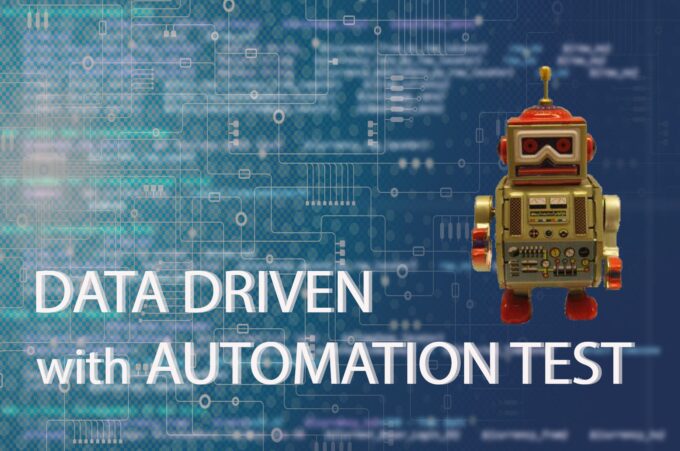
Testers are empowered to separate test data from script logic in the data-driven testing framework. It becomes particularly advantageous when there’s a need to assess an application’s specific feature or function multiple times with varying sets of data. Utilizing this framework simplifies the process since test data no longer needs to be hard coded within the scripts.
Testers can store and transfer input/output parameters for test scripts from external data sources through the data-driven testing framework. These sources can include Excel spreadsheets, text files, CSV files, SQL tables, or ODBC repositories.
Pros:
- Enhanced Test Speed: The data-driven approach speeds up the testing process significantly. Testers can swiftly execute the same script with a range of input data, maximizing testing efficiency.
- High Scalability: As testing requirements evolve, the data-driven framework can be easily scaled to accommodate new test cases or data sets. This adaptability ensures that the testing process remains efficient and effective over time.
- Improved Flexibility: The framework becomes more flexible, separating test data from scripts. Altering or updating test data doesn’t necessitate modifying the script logic, enhancing the overall agility of the testing process.
- Reduced Script Count: The framework’s reliance on external data means fewer test scripts are needed. This reduction in script count simplifies maintenance and reduces the workload on testers.
Cons:
- Increased Setup Time: Implementing a data-driven testing framework may initially demand more setup time than traditional testing methods. Configuring data sources, establishing connections, and ensuring data consistency can be time-consuming.
- Requirement for Technical Proficiency: Utilizing the data-driven approach requires specific technical knowledge. Testers need to understand data source integration, data format compatibility, and how to manage potential issues that might arise.
- Challenging Troubleshooting: When issues occur within the data-driven framework, diagnosing and resolving them can be complex. Identifying whether the problem lies in the script logic, data source, or their interaction requires thorough troubleshooting skills.
Linear Automation Testing Framework

Unlike previous methods, linear scripting involves a manual process where a single individual meticulously documents each step of the procedure. This methodology is often referred to as the “record and playback” approach and demands a considerable amount of time for execution. While it offers a straightforward way to create tests without requiring advanced automation skills, it lacks the ability for script reuse. When employing this framework in the future, it becomes necessary to manually code the test script, which extends the time required for maintenance.
Pros:
- Simplicity: The linear automation testing method is marked by its simplicity. Recording and playing back test steps is intuitive and doesn’t necessitate extensive technical expertise.
- Swift Execution Speed: Tests can be executed swiftly using the linear approach. The recorded steps are played back in the same sequence, enabling rapid assessment of the application’s functionality.
- High Flexibility: The linear framework offers high flexibility during test creation. It allows testers to dynamically adjust the sequence of test steps or modify them as needed.
Cons:
- High Maintenance: Despite its simplicity in test creation, the linear method tends to increase maintenance efforts. As applications evolve, changes in the user interface or functionality can disrupt the recorded sequences, requiring constant adjustments.
- Increased Redundancy: Each test execution using the linear method involves repeating the exact recorded steps, which can lead to redundant tests and consume additional time during execution.
- Single-Use Nature: The linear approach is often limited to single-use scenarios. Unlike other frameworks that allow script reuse, the recorded test scripts are typically tailored to a specific test case and might not quickly adapt to different techniques.
Keyword-Driven Testing Framework
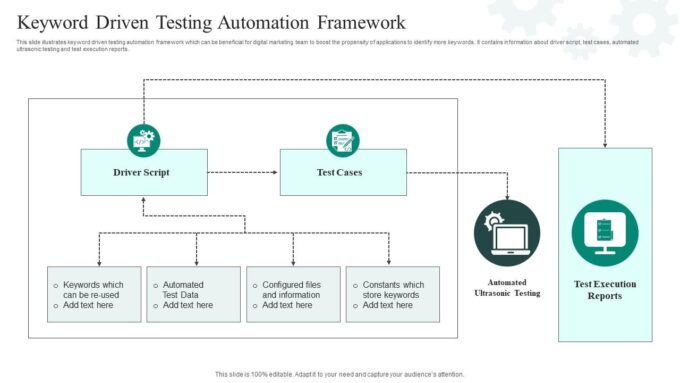
The keyword-driven testing approach builds upon the foundation of the data-driven testing framework. It involves extracting test data to an external source while securely housing a set of codes, often called “keywords.” These keywords can modify test scripts and extract additional insights from the testing framework. Moreover, these keywords play a crucial role in dictating the specific tasks that each program undertakes.
Pros:
- Enhanced Reusability: The keyword-driven approach significantly enhances code reusability. Standardized keywords allow test scripts to be assembled and reused across multiple test cases, saving time and effort.
- Low Maintenance: The structure of the keyword-driven framework contributes to lower maintenance needs. If changes occur in the application, adjustments can often be made by modifying the keywords rather than rewriting entire test scripts.
- Increased Scalability: This approach lends itself well to scalability. As testing requirements grow, new test cases can be created by combining existing keywords, making the framework adaptable to evolving needs.
Cons:
- Progressive Complexity: Over time, the keyword-driven framework can become progressively complex. As the number of keywords and their variations increase, managing and coordinating them can pose challenges, particularly for larger projects.
- Extended Development Time: The initial development of a keyword-driven framework may require more time compared to more straightforward testing methods. The creation and organization of keywords demand meticulous planning and consideration.
- Need for Profound Automation Testing Knowledge: Effectively implementing the keyword-driven approach necessitates a deep understanding of automation testing principles. Testers must be well-versed in creating and managing keywords and comprehending their interactions with the application.
Hybrid Testing Framework

The current trend in testing practices is reflected in the convergence and blending of automation testing frameworks. The hybrid testing framework emerges as a dynamic amalgamation of the earlier approaches, strategically harnessing their strengths while mitigating their limitations.
Each application boasts distinct characteristics in the contemporary landscape, necessitating a tailor-made testing strategy. As teams increasingly adopt agile methodologies, an adaptable automation testing framework becomes paramount. The hybrid framework is a pivotal component in achieving optimal testing outcomes.
Pros:
- Accelerated Test Execution: The hybrid approach facilitates swift test execution, drawing on the efficiencies of the integrated methods. This speediness translates to faster assessment of application functionality.
- Enhanced Scalability: Fusing various testing approaches within the hybrid framework results in heightened scalability. This adaptability empowers teams to accommodate new features and evolving testing requirements effortlessly.
- Cost Savings: The hybrid framework often reduces costs by strategically blending testing methods. Reusing existing test components and optimizing testing procedures contribute to more efficient resource utilization.
Cons:
- High Complexity: Given its multifaceted nature, the hybrid framework can present intricate complexities. Effective implementation and management require a deep-seated understanding of automation practices and technical intricacies.
- Script Dependency: The hybrid approach often necessitates fully scripted tests aligning with the different testing methodologies. This dependency on scripting demands meticulous attention to scripting practices.
Library Architecture Testing Framework
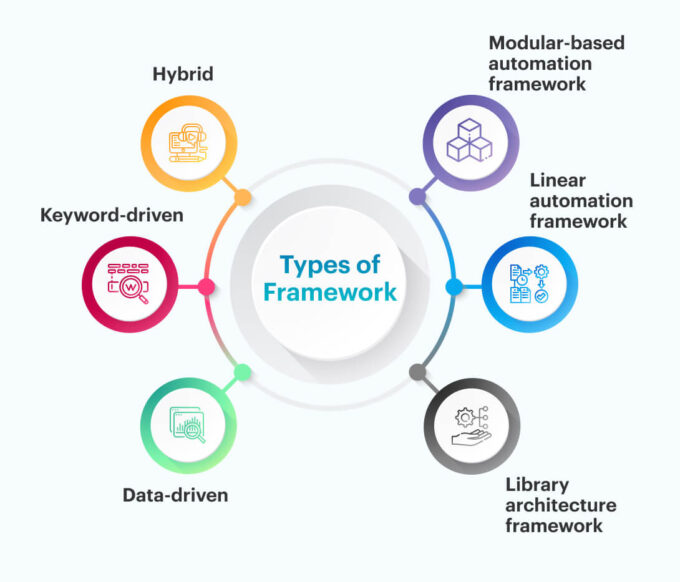
The library-centric framework stands out among the testing methodologies as an ingenious and unique approach. This method involves identifying tasks that share common attributes within individual test scripts. Testers are empowered to logically group similar tasks based on their intended functions, storing them within a library. This approach facilitates the seamless reuse of code across diverse test scripts. Its effectiveness shines particularly when various components of an application exhibit analogous functionalities.
Pros:
- Enhanced Reusability: At the core of this library-centric framework lies an elevated degree of code reusability. The same functions can be harnessed across multiple test scripts by categorizing akin tasks within libraries, saving significant time and effort.
- Cost-Effectiveness: The library-centric approach often translates into cost savings. Using standardized functions across varied testing scenarios optimizes resource allocation, delivering economic benefits.
- Amplified Scalability: This approach contributes to an augmented scalability quotient. As an application evolves, the framework seamlessly accommodates new functionalities without necessitating extensive overhauls.
- Long-Term ROI: This framework’s long-term return on investment is notably high. The initial investment in developing and structuring libraries yields dividends over time, manifesting as heightened efficiency and minimized redundancy.
Cons:
- Extended Development Time: Crafting a library-centric framework might require longer than straightforward testing methodologies. Thoughtful planning and meticulous development are prerequisites for successful implementation.
- Inherent Complexity: The intrinsic complexity of managing libraries within the testing framework can pose challenges. Library design, updates, and maintenance demand careful consideration and adept management.
- Technical Expertise Requirement: Proficiency in technical aspects is essential for the effective execution of this framework. Thus, testers must comprehensively understand the intricacies of creating, managing, and leveraging libraries to achieve optimal outcomes.
Conclusion
Automated testing frameworks have emerged as indispensable assets in contemporary software development, bringing efficiency, precision, and heightened code quality assurance. Within this context, LambdaTest is a comprehensive platform tailored to accommodate a myriad of testing frameworks, effectively catering to a broad spectrum of testing requirements. Through an informed evaluation of project needs, learning curves, and integration potentials, developers are poised to make informed decisions when selecting the optimal framework. This careful selection invariably contributes to the triumphant journey of their software endeavors.


